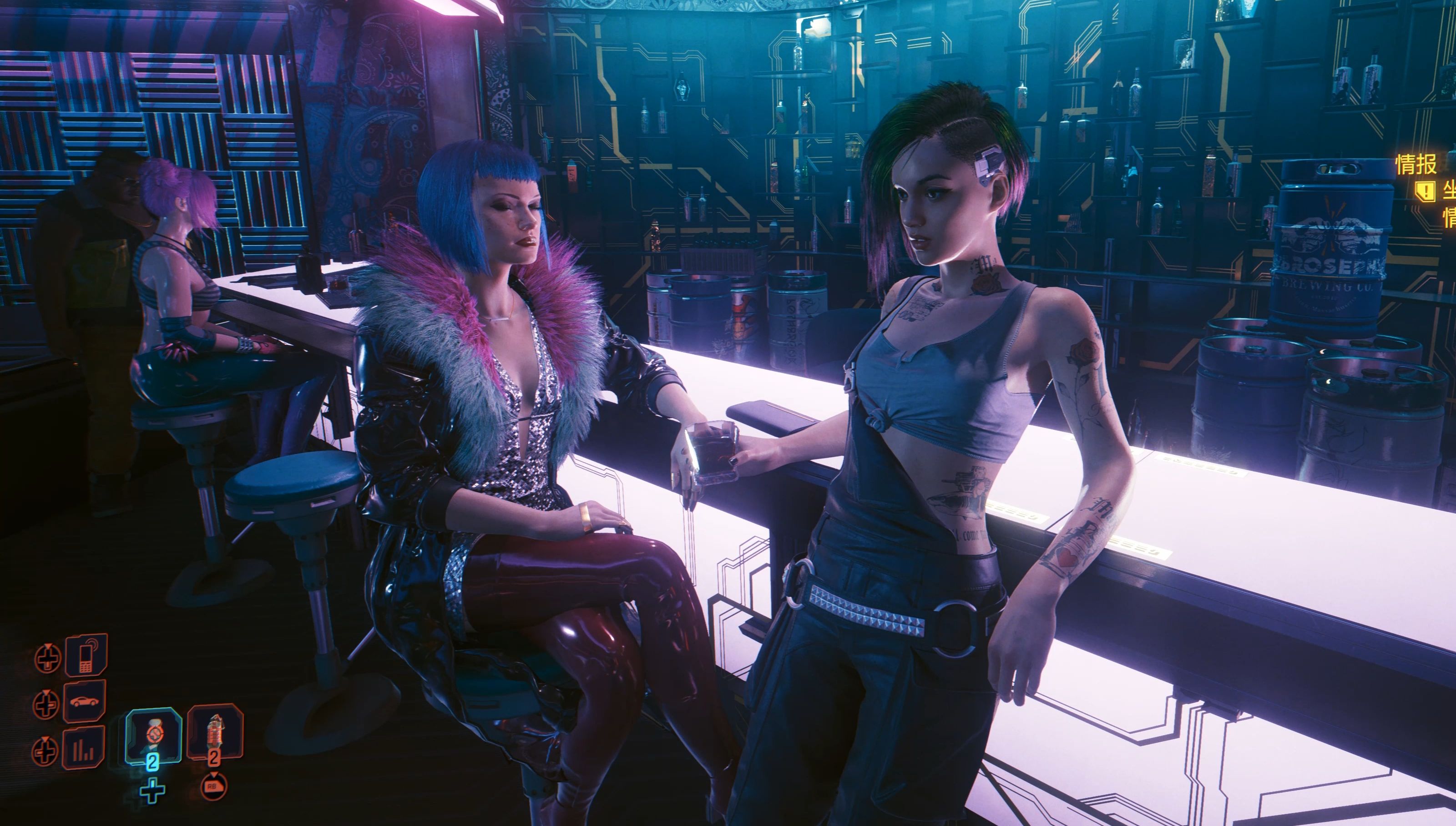AAA Game-Based Platformer - Educational Games: Platform and Learn
Introduction
The gaming industry has evolved significantly over the years, with AAA (triple-A) titles setting the standard for high-quality graphics, immersive storytelling, and engaging gameplay. However, beyond entertainment, games have also proven to be powerful educational tools. One emerging trend is the fusion of AAA-quality platformers with educational content—creating experiences that are not only fun but also intellectually stimulating.
This article explores the concept of "Platform and Learn"—a new wave of educational games that combine the excitement of AAA platformers with structured learning objectives. We will examine how these games enhance cognitive skills, promote problem-solving, and make learning an interactive adventure.
The Rise of Educational Platformers
Traditional educational games often suffer from a lack of engagement, relying on repetitive mechanics and simplistic designs. However, modern AAA-based educational platformers change this narrative by integrating:
- High-quality visuals and animations – Comparable to mainstream platformers like Super Mario Odyssey or Celeste.
- Interactive storytelling – Where players learn through narrative-driven quests.
- Physics-based puzzles – Encouraging logical thinking and experimentation.
- Adaptive learning mechanics – Adjusting difficulty based on the player’s progress.
Games like "Astro’s Playroom" (PS5) demonstrate how platforming mechanics can teach players about hardware components in an engaging way. Similarly, indie titles such as "Hue" blend color theory with puzzle-solving, proving that education and entertainment can coexist seamlessly.
How AAA Platformers Enhance Learning
1. Cognitive Development Through Gameplay
Platformers require quick reflexes, spatial awareness, and pattern recognition—skills that translate directly into STEM (Science, Technology, Engineering, Math) learning. For example:
- Physics-based jumps teach trajectory and momentum.
- Timed puzzles improve problem-solving under pressure.
- Memory challenges (e.g., recalling sequences) enhance retention.
2. Narrative-Driven Learning
AAA games excel at storytelling, and educational platformers can leverage this by embedding lessons within their worlds. Imagine a game where:

- Players explore ancient civilizations while learning history.
- They solve math-based obstacles to progress through levels.
- They interact with AI characters who teach language skills.
3. Gamification of Traditional Subjects
By turning abstract concepts into interactive challenges, platformers make learning intuitive. Examples include:
- Math: Calculating jump distances or solving equations to unlock doors.
- Language: Collecting word fragments to form sentences.
- Science: Experimenting with gravity or chemical reactions in a sandbox environment.
Case Studies: Successful Educational Platformers
1. "Portal" Series (Valve)
While not strictly educational, Portal revolutionized puzzle-platforming by teaching physics and spatial reasoning through its portal mechanics. A similar approach could be applied to formal education.
2. "Alba: A Wildlife Adventure" (ustwo games)
This game teaches environmental science by having players photograph wildlife, restore ecosystems, and learn about conservation—all within a beautiful open world.
3. "The Witness" (Jonathan Blow)
A puzzle-platformer that subtly teaches logic, geometry, and perception without explicit tutorials—proving that learning can be organic and engaging.
The Future of "Platform and Learn"
As technology advances, we can expect:
- VR/AR integration – Immersive learning environments where players interact with 3D educational models.
- AI-driven tutors – In-game characters that adapt lessons based on player performance.
- Multiplayer learning – Collaborative platforming challenges where students solve problems together.
Conclusion
The fusion of AAA platformers and education represents a groundbreaking shift in how we approach learning. By leveraging the engagement of high-quality games, educators and developers can create experiences where players don’t just play—they explore, experiment, and learn.
The future of education may very well be a platformer where every jump is a lesson, every puzzle is a test, and every level-up is a step toward knowledge.
Word Count: 650
(Note: This article can be expanded further with additional examples, developer insights, or deeper analysis of learning methodologies in games.)














